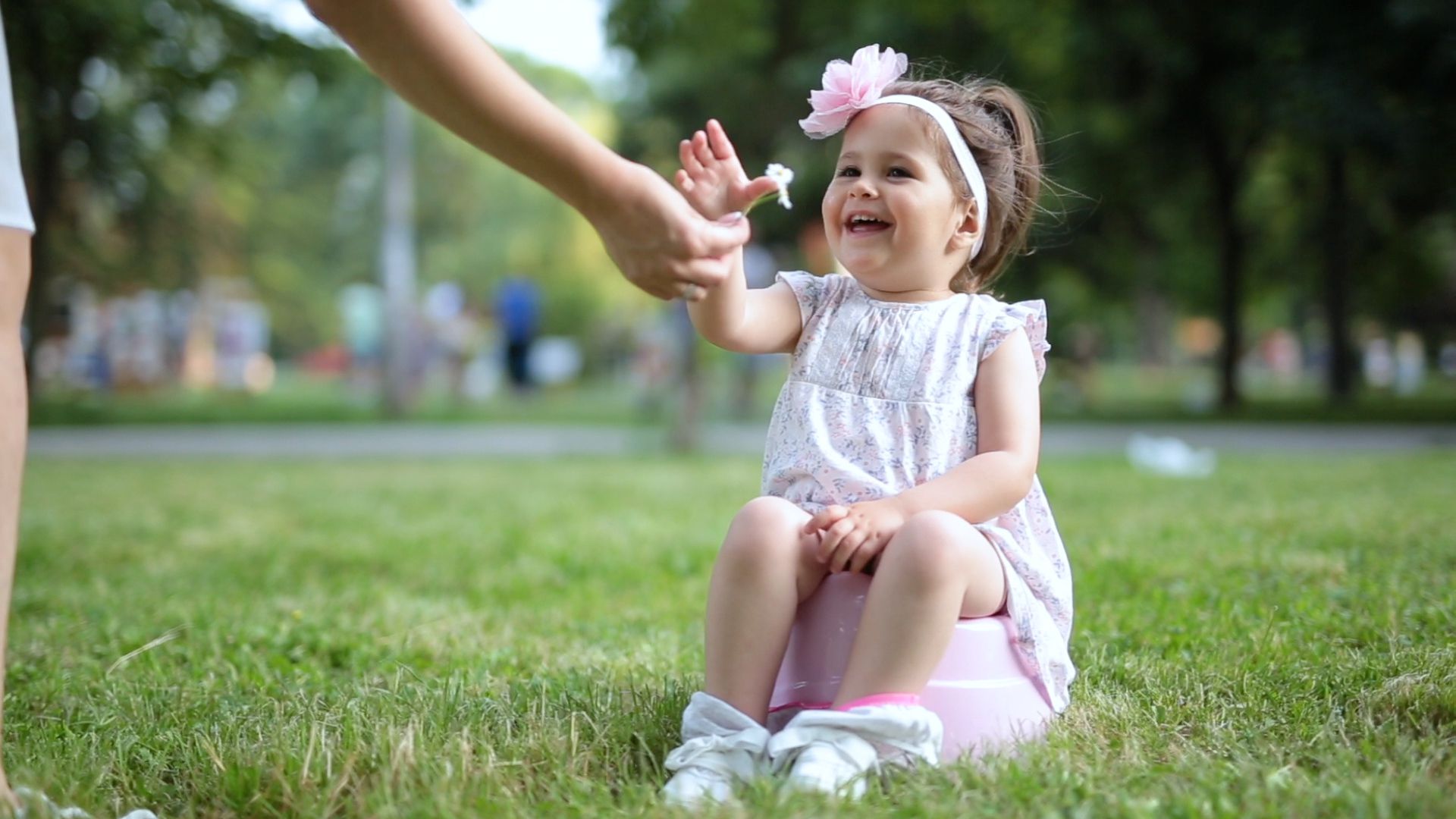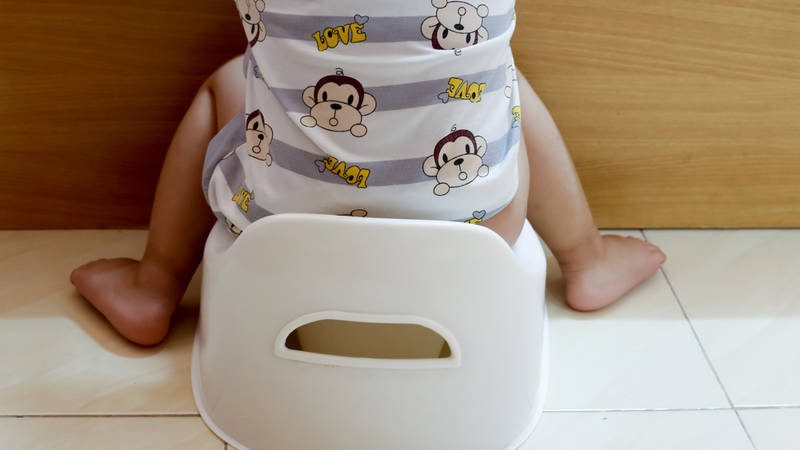
Potty Training Tips And Tricks That Actually Work!
Are you keeping track of the number of days till you may switch toilets? Or perhaps you have previously dabbled in a few attempts that have been less than successful? Either way, you must ensure that your child is healthy and prepared before beginning potty training. Therefore, it is essential to remember that various children will be prepared at varying periods. If you feel that your child is finally ready, try out these potty training tips and tricks to facilitate the process.
After you have determined that your child is ready to stop wearing diapers (watch for signs such as showing interest in the bathroom, telling you when they have to go, or wanting to be changed immediately after pooping), you can try any one of these tips that have been provided by professionals and parents who have been through the process before to make the transition less difficult.
Timing for Potty Training
If things are taking a long time, try not to become frustrated by this fact. A study conducted by the Medical College of Wisconsin found that the process of toilet training a child can take up to a year. Maureen O’Brien, the author of Watch Me Grow: I’m One-Two-Three says, “Several different aspects of development need to fall into place before moving further. The child needs to be able to communicate effectively, be conscious of how their body is experiencing, and comprehend the amount of time that is required to get there.”
Child’s readiness to start potty training can be seen through signs like showing interest in bathroom, wanting diaper changed every time they go, telling you or pushing you to the washroom.
First, Let’s talk about the basics.
Practicing Patience
What should we take away from this? Toilet training can be a time-consuming process. When the kid is ready, we go to the restroom every ten minutes, even if we were somewhere else. The routine has to be followed and it can become frustrating for parents/ guardian to take the child to washroom so often. You can alternatively keep track of the timings your child goes to the washroom and slowly you’ll notice the timings becoming more regular and all you will have to do is take the child around the same time.
“The first step, sitting on the potty, was very easy for my son to master, but the second step required a bit more work. In the beginning, we had to look closely for his “cues” to determine when he was attempting to poop and then take him to the restroom. We started reading to him to pass the time because it took a while (often more than half an hour), and it made the wait more enjoyable. But above all else, the most important thing to remember is to have patience!” —Praveen Murali
Sticking to a Routine
According to Jen Singer, a mother of two and author of the parenting series Stop Second-Guessing Yourself, Consistency is essential. “The key is consistency,” she adds. “You need to implement the same toilet training strategy outside the house as you do within the house.
Remember that nursery and kindergarten provide individualized potty training for each of the children in their care. In that instance, you should ask them how they believe they can contribute to the success you have had at home and how they feel about making concessions. Then you should bring something that can be used at the nursery and at home with you. If the soap your child uses at school is one, they enjoy, you should consider purchasing some for the house.
Being Consistent
When it comes to toilet training, consistency is another essential factor: “I wish I could take credit for his training, but the wonderful instructors at his nursery handled the hard stuff, like putting him on the toilet at least once every 20 minutes and making sure he did it every time. At home, we did little more than follow in their footsteps. In addition, I believe that the fact that he observed his friends using the bathroom inspired him to want to do so on his own.” —Amany Isah
“We discovered that our son had little interest in remembering to go to the bathroom on his own, so we looked into purchasing a potty watch, which he ended up loving. This wristwatch may be programmed to play music and light up in 30-, 60-, or 90-minute intervals; after each interval, it will reset itself and begin the countdown from the beginning.” Athol D’souza.
Now let’s move on to our favorite potty training tips and tricks!
Using Rewards
Don’t be hesitant to utilize rewards while you’re teaching your child how to use the potty “Playtimes and favourite activities are the answer, in a word! You should make it a promise that your child will receive rewards if she uses the potty, but she will receive additional rewards once she cleans up after herself, which is a great struggle for us. This makes a major difference because I think that one of the reasons kids don’t like to go is because the process of learning to wipe is kind of gross. This is one of the reasons why kids don’t like to go to the bathroom.” — Kiran Pillai
You can introduce fun activities using slime, playdough and use stories to talk about washroom needs and routine. Whatever you do, make sure you teach your child hygienic habits from wiping correctly to thorough hand washing after using the toilet.
Praising Your Child
“What worked was providing my children with a great deal of undivided attention, positive reinforcement, love, affection, and pride in their accomplishments. The important thing is to make a great deal out of making even the smallest steps of improvement.” —Ayushi Shah
Praises, positive words and encouragement motivates the child to repeat any activity they do. You can apply this to potty training as well.
Choosing a Location
“The child-sized lids that fit on top of the toilet proved to be too daunting for immediate usage. To overcome this challenge, children typically require a step stool to use the toilet, which gives their legs support.
It is important to show the child location of the washroom to motivate them to communicate when they need to go to the washroom. The child might push you towards, hold your hand and guide you or might take steps towards the washroom when he or she feels the need to use it.
Have any questions regarding the topic “Potty Training tips and tricks” feel free to comment below.


